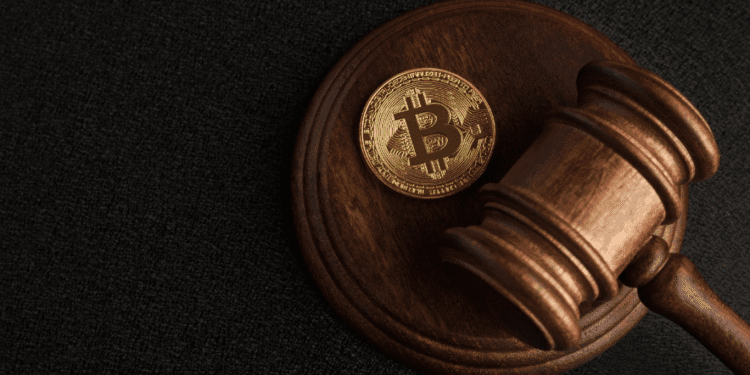- The European Parliament approved comprehensive regulations (MiCA), Hong Kong plans a licensing system, and the G-20 group advocates standardized regulation, demonstrating global momentum towards digital asset governance.
- Inconsistency, dissatisfaction, and disagreement characterize the American regulatory landscape, putting US businesses at a competitive disadvantage as they navigate an uncertain environment for digital assets.
- A more balanced growth strategy in both banking and digital asset sectors could be achieved by having hundreds of banks share responsibility for the industry’s needs, rather than relying on a single small bank.
Governments around the globe are taking strides to regulate the rapidly evolving digital asset industry, which is now 15 years old. The European Parliament recently approved a comprehensive set of regulations known as Markets in Crypto Assets (MiCA), considered the most extensive multi-jurisdictional framework for digital assets. At the same time, with China’s support, Hong Kong plans to launch a licensing system this spring, positioning itself alongside Singapore and Japan as critical digital asset hubs in the Asia-Pacific region. Additionally, the G-20 group of nations is pushing for standardized regulation, encouraged by the International Monetary Fund (IMF).
However, the situation in the United States is marked by inconsistency, dissatisfaction, and disagreement. The role of digital assets in the global economy is indisputable, and suppressing them within the US does not hinder the industry’s growth but puts American businesses at a competitive disadvantage.
In April, the Securities and Exchange Commission (SEC) considered a proposal to modify the definition of exchanges to include decentralized exchanges (DEXs). This presents a situation where some rules apply, but others could be clearer. While DEXs need regulation and investor protection, decentralized finance (DeFi) can ease the regulatory burden by encoding their specified rules in self-executing, auditable code.
Currently, a single small bank handles a large portion of the industry’s banking needs. An alternative approach suggests that a more distributed system, with hundreds of banks each taking responsibility for a small percentage of the industry’s demands, could promote balanced growth in the banking and digital asset sectors.
Various factors come into play when examining cases of digital asset and banking failures that result in investor fund losses. One viewpoint argues that the problem is not the existence of digital assets in the markets but rather the difficulties faced by legislation and regulatory actions in keeping up with rapid innovation and creating secure investment channels for digital assets under capital market protections. The discussion continues about whether these factors increase the risks they seek to reduce for investors.
US Dollar Under Pressure
The value of the US dollar faces increasing pressure as major investors become more vocal about their interest in cryptocurrencies and support for blockchain projects. This shift in investment focus is further heightened by the recent closures of Signature Bank and Silicon Valley Bank, which have impacted the traditional banking sector.
As the digital asset industry continues to grow and gain traction worldwide, the US dollar’s dominance is being challenged. Lawmakers must adapt and innovate to maintain the strength and relevance of the US currency in an ever-evolving global financial landscape.














